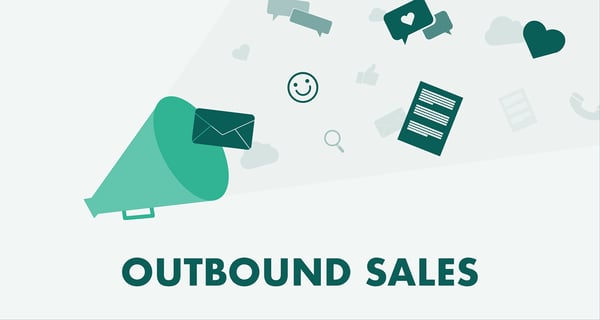A big part of a sales person’s job is trying to understand the prospect’s needs and then hopefully, being able to recommend a solution that fits his those needs. It can be a challenge now and then to figure out exactly what a prospect’s business challenges are. Some prospects have an idea about what they are looking for when a sales person calls them. Some have used similar solutions before and some are first time buyers. In general, most prospects have a problem they just need to fix.
How can I help you?
In all my years as a salesman, I have realized that a sales person is not just a sales person. Sometimes we’re just there to listen, sometimes we are consultants, sometimes we are there just to show the way. Usually, it’s a combination of all three.
And in this experience, I have found that the best way to find out what a prospects needs is just to simply ask, “How can I help you?" Four simple words have such a great impact in today’s high pressure selling. It’s not often these days that you pick up the phone and someone asks you how he can help you. Today, before you can even open your mouth, the sales man on the other side has already started his sales pitch and you can’t get in a word edgewise.
Don’t be a Yes (Wo)Man
In the process of asking them how you can help them, it’s also important to remember to not say "yes, we can" to all their needs. On the contrary, my experience is that I also have to say "no" on several occasions. Trained to say no, is good - for the right reasons.
As a company, our mottos are "Less is more" or "keep it simple". We don’t believe in biting off more than you can chew. It’s all about taking things one step at a time so that you can always keep the focus on the important issues. Therefore, this means that you sometimes need to say no, and that is OK. I try to do this with all my customers. Some don't like it, but the majority love it. It helps to keep their focus on the important issues.
Get to the Core of the Issue
Here is how I have done this over many years.
I try to listen for the real reason why they call on me. What are their basic needs and wants? Challenge them if they want a lot, and I try to get the main challenge which is ailing their business. What is that one thing they really cannot live without?
I sum it up as I go along so that we are both aligned. Then, I ask, “What could be the real issue behind these challenges?” This question can be difficult to get an honest answer to. In my line of work, I have found the following as some core reasons why businesses are having problems:
- A colleague just quit his job, and a couple of potential sales were lost due to lack of knowledge of what was done and what was missing in order to complete the sale.
- An unhappy customer called your boss, and complained about a few outstanding issues. Your boss knew nothing about it.
- A colleague called in sick, and two customer meetings had to be cancelled, since no one showed up in time.
- You are tired of not hitting your targets, even though the sales team reported they would, - until last day of the quarter.
- You are tired of telling everybody which documents to use and what to do in order to close a deal.
- You are tired of everyone sending their own documents with no common look and feel, making you look like an unorganized company.
If this happens over time, companies normally end up in trouble and their real pain could turn out to be one or both of:
- Losing money
- Losing customers
Share the vision and tell the story
Once I get all the facts on the table, I share the “vision” of how things can be on the "other side" when the new solution is in place. This gives some more value to the prospective customer and makes it fun and productive along the way.
Let me show you how this works in real life.
In my case, the CRM arena, some common problems are:
- No common customer database with all history available.
- No easy way to archive e-mails on the right contact.
- No access to a shared calendar.
- No clue about sales forecasts.
- No common sales process.
- No easy access to documents and email templates.
The vision could be like this:
- What if you had a customer database with easy access to all e-mail, meetings and activities done by you and your colleagues accessible 24/7 in a browser and also from your smart phone?
- What if you had a system that automatically found the right contact when you archived your e-mail?
- What if you could find the first vacant spot in the shared calendar where your boss, your CFO and yourself could attend the same important meeting?
- What if you at any time, could get the right picture of your own sales pipeline and your teams' pipeline?
- What if you could define a workflow for what actions and what pre-defined documents to create in the sales process?
- What if you could shorten the sales cycle by getting the pre-filled documents and contracts with a click?
These visions are what it takes takes, to get the prospective customer to see value from you proposition.
It takes a lot of training to get this right.
But story telling lifts the dialogue to a level where you can engage in changing something that does not work.
And change to the better is what makes selling and buying fun from both sides.
So just start by saying, “Thanks for calling. How can I help you?"


